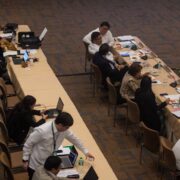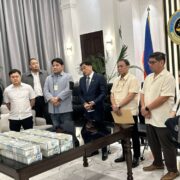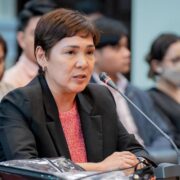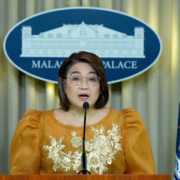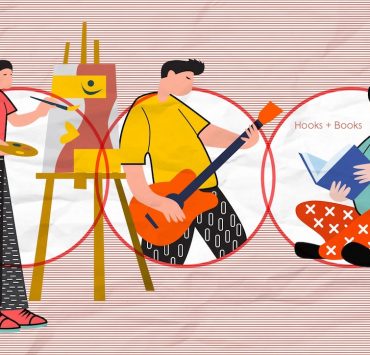Reaching higher levels of comprehension

While necessary, the two essential components of reading comprehension—decoding and language comprehension—are not sufficient to improve outcomes in international reading assessments such as Programme for International Student Assessment (Pisa) and Southeast Asia Primary Learning Metrics (SEA-PLM).
Both Pisa and SEA-PLM define reading as the ability to understand and engage with written texts to achieve personal and societal goals. These assessments set similar criteria for reading proficiency from elementary to high school. At a minimum, learners should be able to locate key ideas and identify their purpose. At the highest levels, they should be able to work with abstract, counterintuitive, or competing ideas and infer implied information. Sadly, only 10 percent of Filipino Grade 5 students attained the highest levels set by these assessments.
What can be done to help Filipino learners reach higher levels of reading comprehension?
The science of reading provides plenty of insights in transforming “learning to read” to “reading to learn.” What distinguishes good readers is their knowledge, including understanding of words, sentence structures, and academic vocabulary and background knowledge across various topics. The Education Endowment Foundation recommends pre-teaching new words that are “ambitious” and used in topics and subjects not normally used in everyday conversations.
Knowledge reinforces reading but reading also reinforces knowledge. Reading frequently exposes learners to new vocabulary and different ways of using them in sentences. Research reveals that books contain more advanced words and complex sentence structures compared to everyday conversations, making them a powerful tool for expanding learners’ knowledge.
To encourage reading, it is crucial to provide high-quality basic reading instruction. Daniel Willingham, author of “The Reading Mind,” further recommends making reading appealing by allowing choice in reading materials, and making them available in different formats, including comics and online stories.
Modeling and teaching reading comprehension strategies like questioning, predicting, summarizing, and clarifying also help learners engage deeply with texts, check their understanding, and overcome reading difficulties. However, it is necessary to emphasize that these strategies are tools—to ensure that understanding takes place rather than as outputs required of students after reading a text.
To reach high levels of reading comprehension in any language, students need a lot of practice and support, both in school and, ideally, at home. This raises the contentious topic in the EdCom II Year one report on what language of testing should be used. Filipino learners took the Pisa and SEA-PLM assessments in English, unlike in many countries where the native language was used. Were Filipino learners assessed in a language that many have not mastered?
This issue is complex, as highlighted by Dr. Steve Walter in an Inquirer commentary (see “The 2022 Pisa report: Another perspective,” Commentary, 1/29/24). He notes a significant difference between Filipino students in the 2018 and 2022 PISA tests. Students who took the test in 2018 had been taught in both English and Filipino throughout their schooling, while those who took it in 2022 had primarily mother tongue instruction until Grade 3, reducing their exposure to English. One might expect the 2022 students to perform worse due to less English experience, but surprisingly, their results didn’t significantly decline compared to 2018. However, students taking the SEA-PLM in 2019, who had only a year to adjust to English and Filipino instruction, might logically be at a disadvantage. But overall, Filipino students struggle with English-based reading assessments.
Research suggests that a mismatch between home and assessed languages does not necessarily put learners at a disadvantage, as they may nevertheless receive enough support in the assessed language. Perhaps this result provides a clearer take-home message. Whichever language is assessed, learners should gain strong foundations in decoding and language comprehension, expand their academic vocabulary and background knowledge in different topics, and be taught strategies that allow them to read texts more thoroughly and critically in that language.
Regardless of language policy, the core principles of the science of reading remain the same. Mastery of the basic foundations of reading, in whichever language, is key to enjoying and understanding texts more deeply.
—————-
Katrina Dulay, Ph.D. is a Lecturer in Developmental Psychology at City St. George’s, University of London and UKRI Future Leaders Fellow. Glenda Darlene Garcia, a former teacher and a reading and literacy interventionist, holds master’s degrees in Reading Education from UP Diliman, and Educational Neuroscience from University College London-Institute of Education and Birkbeck, University of London.


